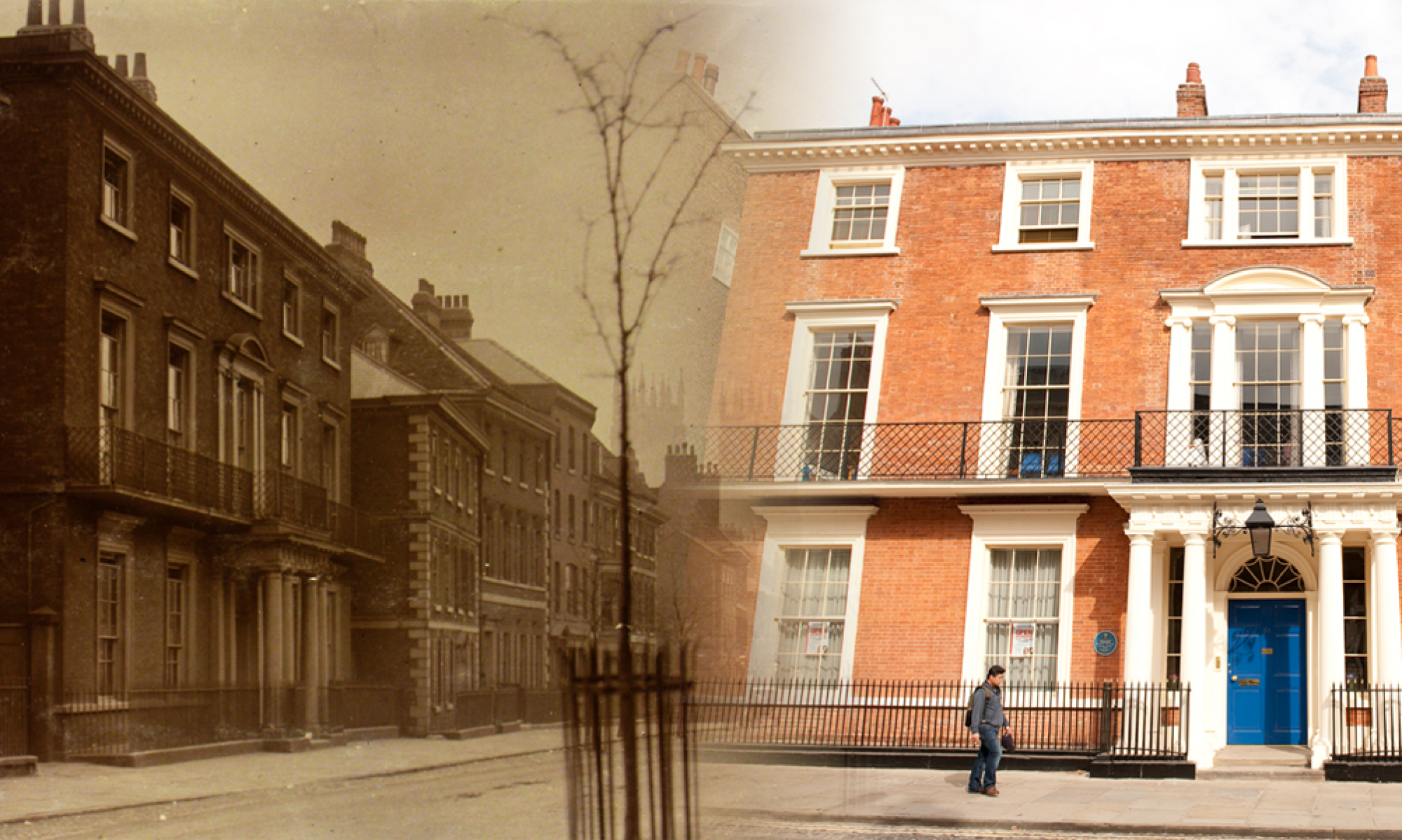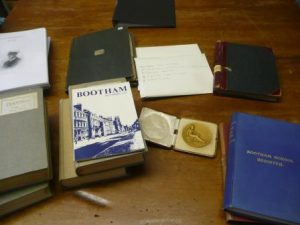We have a volunteer opportunity in the archive, full details on the vacancies page on the school website. The closing date for applications is Monday 19th October.
Oliver Bernard Ellis – Part 5 (R.N.A.S.)
This post continues from Part 4, and is part of a series for Explore Your Archives week.
Oliver Bernard Ellis left Bootham in 1916. The bene decessit in the magazine (a paragraph about each leaver) reads:
“O. B. Ellis excelled in all forms of athletics. He was a brilliant and daring gymnast, weathering all hurts. He was an able goal-keeper, where he obtained his 1st Masters’ colours, and, later, played at outside right. At cricket he obtained his 1st eleven colours. Last year he obtained the Silver Medal of the Life-Saving Society and served on the Athletics and Football Committees. Last year he tied for the Senior Athletics Cup, and helped to command the Fire Brigade. He was a wonderful practical photographer, and was very patient over his ornithological excursions with the camera. He was a curator of ornithology and the N.H. rooms, and two years ago obtained the Old Scholars’ Prize. He leaves from the Upper Senior, and was reeve [prefect].”
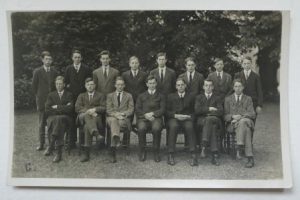
Oliver joined the Royal Naval Air Service in July 1916, and by March 1917 he was in Dunkirk. Some of his letters home were published in ‘Bootham’ magazine, here are some extracts:
April 21st 1917: “The F.A.U. dentist who I went to the other day said, ‘Let me see, you’re the man who tried to whitewash the roof of some railway buildings in York, aren’t you?’ He was an Australian, but his assistant was a man I was at school with at Sidcot!”
April 24th 1917: “I saw a little owl tonight, and heard lots of patridges calling. It was simply a ripping evening, and I almost expected to see an old curlew flying over.”
May 3rd 1917: “somehow the quiet freshness of Warwickshire seems far more fascinating than ever it did before, and the thought of perfectly white flannels and a perfectly flat cricket ground seem to be things only to be found in heaven. I think I’m going to live in white flannels when I get home. Does anyone play tennis this year?…The chances are one in a hundred in our favour, and there we must leave it, having reduced it to that, and thank God that I’ve got the safest job in this war. Don’t worry about me, I’m having the time of my life and am enjoying myself hugely, and the war can’t last for ever.”
On May 20th 1917 he was reported missing. Then the news came that his plane had been shot down on May 19th, and he had been killed.
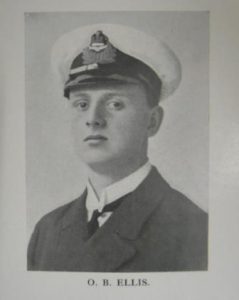
In Volume VIII of ‘Bootham’ magazine, there were only 150 pages between Oliver’s Bene Decessit (on leaving) and his In Memoriam.
Here is his entry on the Commonwealth War Graves Commission website.
After his death, his parents presented the school with the Oliver Ellis medal for athletics, in memory of their son.
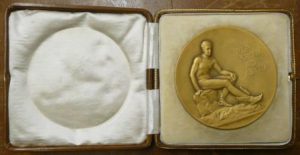
Note: I hope that this week has helped to show how stories can be pieced together in an archive. There is still scope for far more research on this story, and many others in the archive.
There is an enormous range of archives nationally, with diverse collections, and they contribute in all sorts of ways, including education, business, identity and democracy. I hope that you will be encouraged to explore your archive.
Some of the items that I used to piece together the story
Catalogue update
Back in April I mentioned that I was looking at new software for a catalogue. I’m hoping that the catalogue will be online for people to have a look at by the end of the year. I’ve now spent a few months adding to it, and at the moment I’m working on all the societies and other activities.
An archive is arranged hierarchically, so that the context is kept. I’m working on ‘series-level’ entries for the whole archive (a series is a group of records, within a larger group, that all relate to the same purpose, for example we’ve got a series of Natural History Society annual reports). After that, we’ll be working on adding more detail for specific parts of the archive where this is likely to be most useful, although that is a long term project!
What is exciting is that it will be much easier to search the new catalogue, and explore it using all the connections to people, events, places, other records and so on. We can also add digital images of the records to the catalogue, so we can gradually increase what people can access online.
Watch this space!
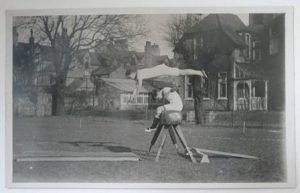
A photograph of a gymnastics display from 1920 that I came across last week while I was working on the sports records.
